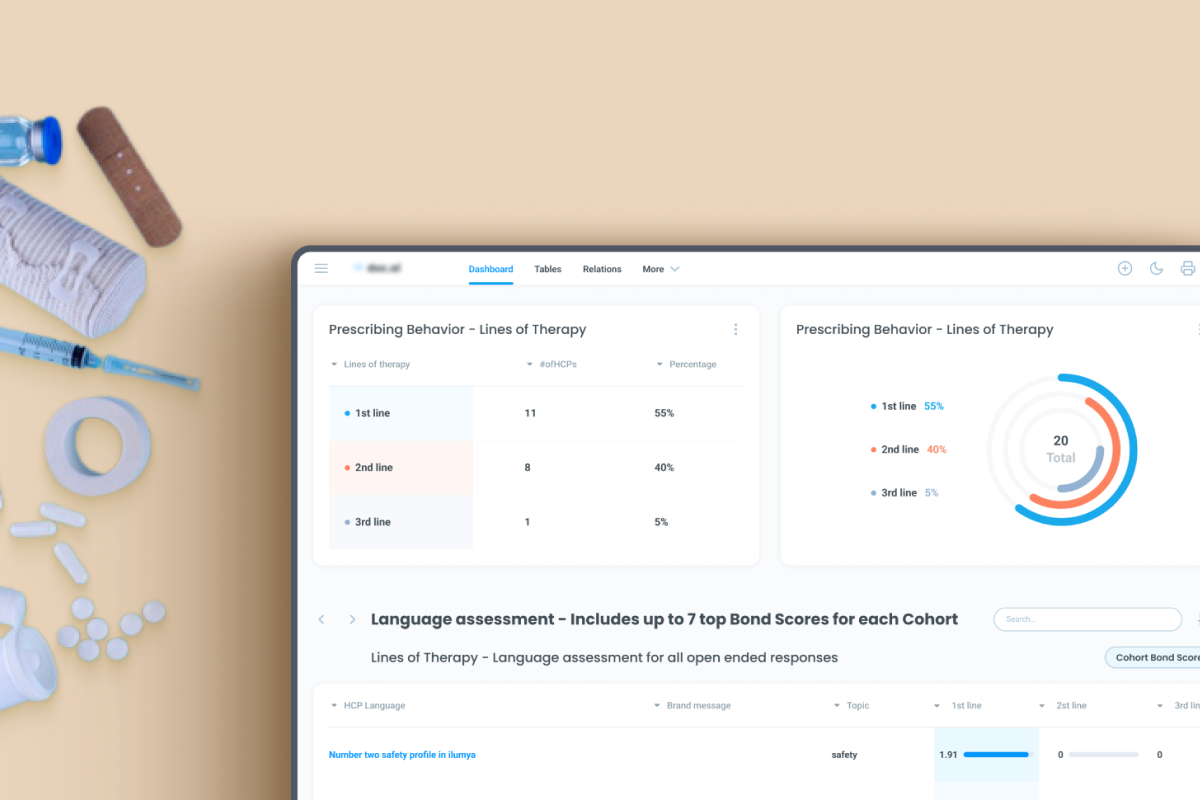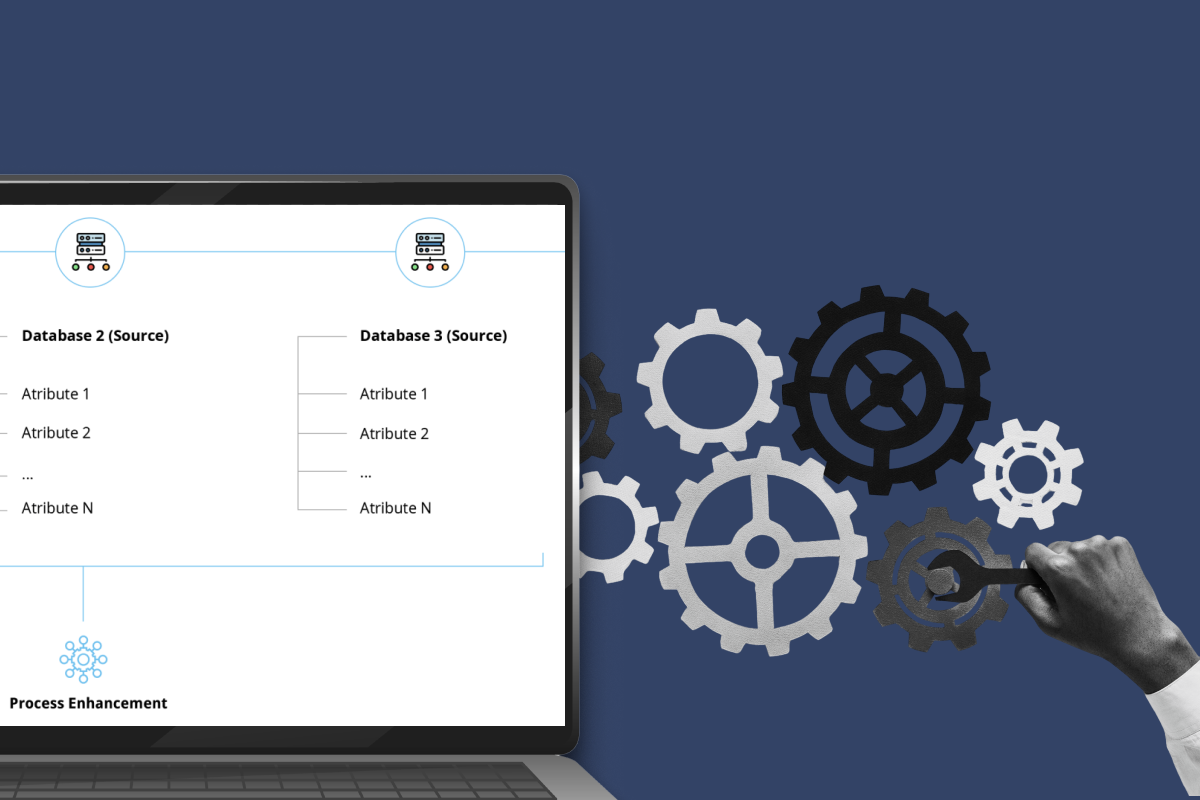All Technologies Used
Motivation
The client needed to significantly reduce the long computation times of the Smith-Waterman algorithm for sequence alignment while maintaining the high accuracy essential in biotechnology. Their goal was to accelerate large-scale searches and improve productivity in bioinformatics research without sacrificing result reliability.
Main Challenges
The Smith-Waterman algorithm is highly accurate but computationally intensive, often taking hours for long sequences. Azati proposed leveraging GPU acceleration and cloud computing to drastically reduce processing time while preserving accuracy.
Maintaining the integrity of sequence matches while accelerating the computation was critical. Azati focused on algorithmic optimization and parallel processing to ensure the enhanced performance did not compromise result precision.
Our Approach
Want a similar solution?
Just tell us about your project and we'll get back to you with a free consultation.
Schedule a callSolution
Massive Speedup
- Process long query sequences in minutes instead of hours
- Handle large datasets efficiently
- Improve throughput for multiple simultaneous queries
- Enable faster bioinformatics research and analysis
Maintained Accuracy
- Deliver precise local sequence alignments
- Maintain correctness across diverse datasets
- Support critical research requiring high accuracy
- Prevent errors in prior-art and peptide/nucleotide searches
GPU & Cloud Integration
- Offload computationally heavy tasks to GPUs
- Scale resources dynamically in the cloud
- Support concurrent processing of multiple queries
- Ensure consistent performance on large-scale datasets
Business Value
Improved Research Efficiency: Researchers can perform large-scale sequence alignments much faster, saving hours of computation time.
Enhanced Reliability: Maintains accuracy in every sequence search, ensuring the integrity of bioinformatics research.
Scalability: Supports increasingly large datasets with consistent performance due to cloud and GPU integration.








